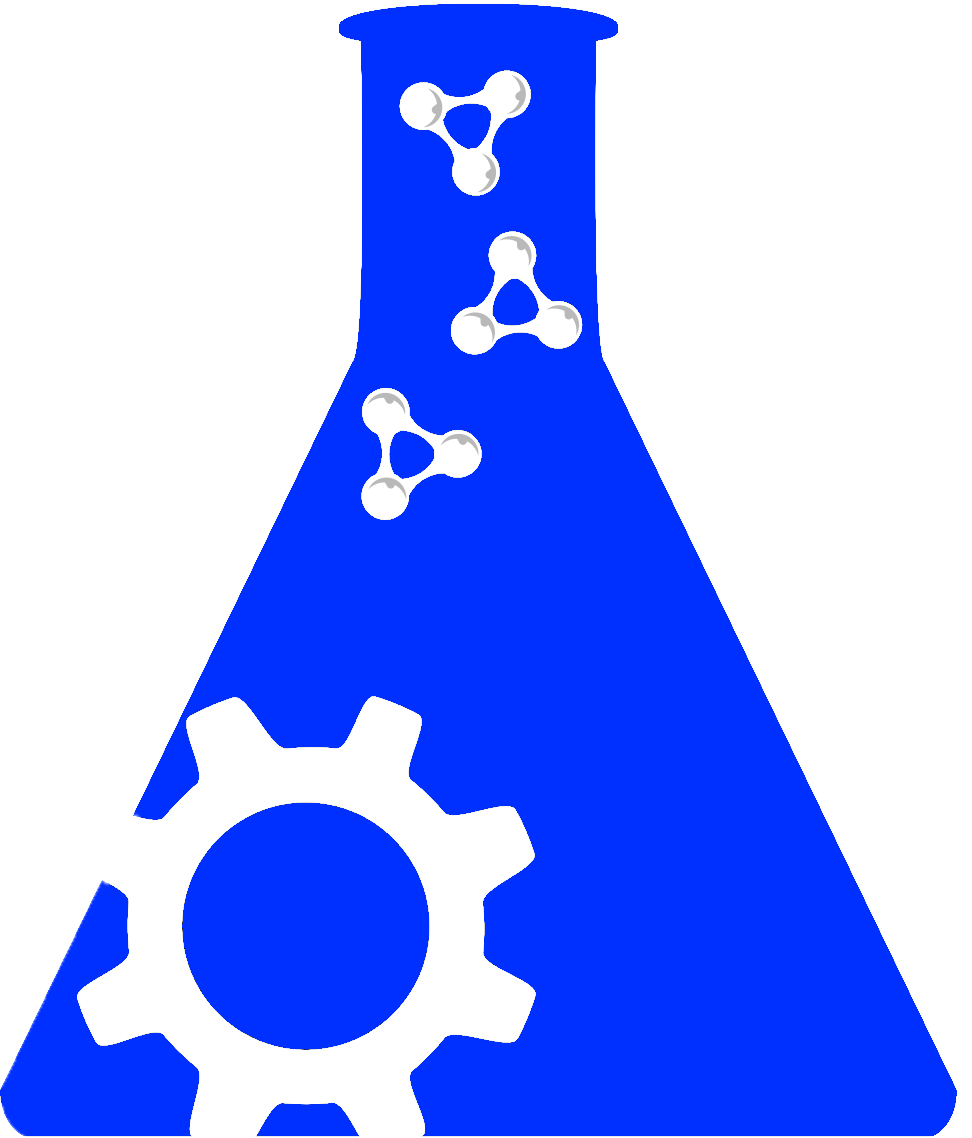Full Data Package |
Data Dictionary |
Methodology |
||||
|---|---|---|---|---|---|---|
Create new odc-sci Account and/or log in to download the file. |
||||||
Pleiotrophin and Rehabilitative Training Following an Incomplete Cervical Dorsolateral Quadrant Spinal Cord Injury in Adult Female Lewis RatsDOI:10.34945/F59K54DATASET CITATIONNg C., Strayer A. J., Smith K., Lowe K., Gupta S. J., Yousuf M. S., Maguire A. D., Kerr B. J., Winship I. R., Fouad K., Fenrich K. K. (2025) Pleiotrophin and Rehabilitative Training Following an Incomplete Cervical Dorsolateral Quadrant Spinal Cord Injury in Adult Female Lewis Rats. Open Data Commons for Spinal Cord Injury. ODC-SCI:1234 http://doi.org/10.34945/F59K54ABSTRACTSTUDY PURPOSE: To test the capabilities of pleiotrophin (PTN) to promote forelimb motor recovery after a cervical dorsal lateral quadrant (DLQ) partial transection spinal cord injury (SCI) in adult rats and to evaluate PTN as a potential treatment in the clinic.DATA COLLECTED: Adult female Lewis rats (n = 24) were trained to perform single pellet reaching, grasping and retrieval (SPRGR) task prior to SCI to establish baseline performance and determine the preferred paw. Once trained, a C4 DLQ was performed ipsilateral to the preferred paw, using a custom-made scalpel blade. Immediately following SCI, PBS (1 µl; n = 12) or PTN (1.2 µg in 1 µl; n = 12) was injected into the ipsilesional intermediate gray matter (0.75 mm lateral of midline, 1.5 mm deep from surface), 2.5 mm caudal to the SCI site. Animals received SPRGR rehabilitative training starting a week after SCI. Training occurred 5 days/week for 10 min/day until the success rate of all rats plateaued (~5 weeks). The training was video recorded and analyzed in a blinded manner. Von Frey hair test was used to assess bilateral forepaw tactile sensitivity before and at 5 weeks post-SCI. Horizontal ladder task was used to assess limb function in a skilled locomotor task. All animals were video recorded on a horizontal ladder task prior to and 5 weeks post-SCI and analyzed in a blinded manner. Histological analysis of lesion severity was performed on transverse sections of the spinal cord showing the largest area of SCI damage. Sections were immune-stained with 0.5% cresyl violet solution and visualized under brightfield and phase-contrast microscopy.CONCLUSIONS: PTN-treated rats performed worse on SPRGR tasks than control (PBS) rats following an incomplete cervical lesion. Both PTN and control rats had comparable lesion sizes. This approach requires further investigation to elucidate anatomical changes underlying worse functional outcomes in PTN-treated rats.KEYWORDSSingle pellet reaching, grasping, retrieval (SPRGR); pleiotrophin; Spinal Cord Injury; dorsolateral quadrant (DLQ); Lesion; rat; rehabilitative trainingPROVENANCE / ORIGINATING PUBLICATIONSRELEVANT LINKSNOTES |
DATASET INFOContact: Strayer Abigail (astrayer@ualberta.ca)Lab: Keith K Fenrich
|
|





